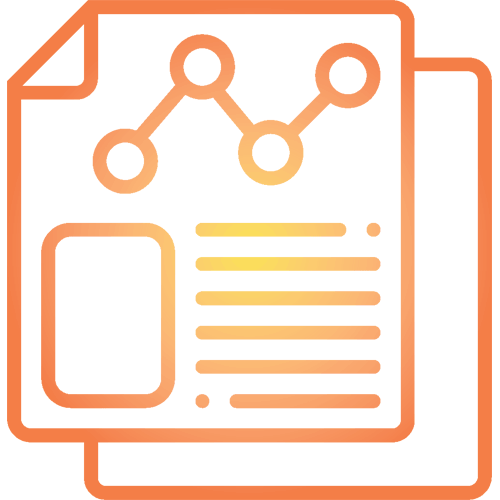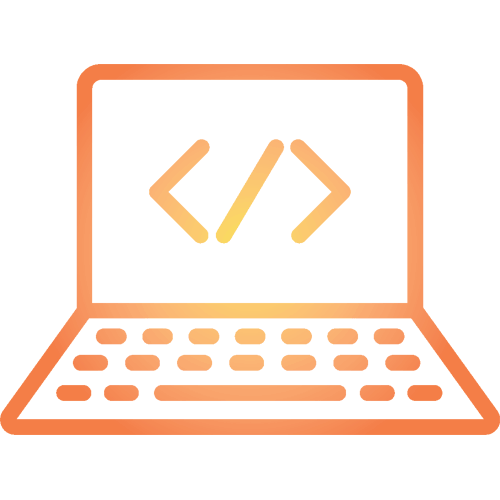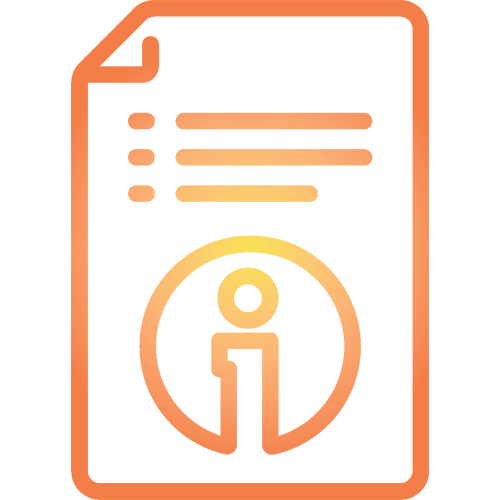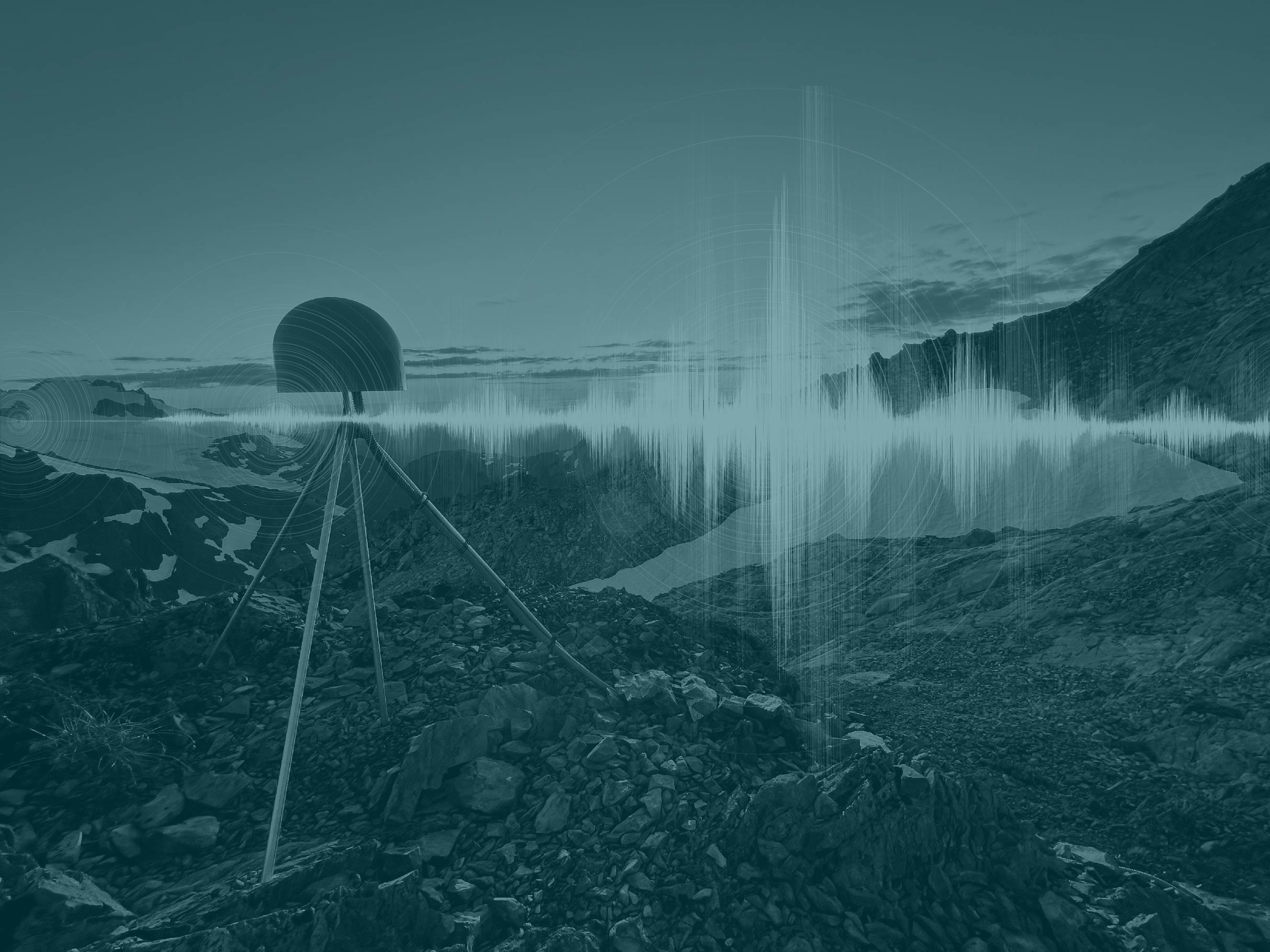
C3S
Coupling, Seismicity, and Slow Slip Working Group
Working Group
Coupling, Seismicity, and Slow Slip

The Coupling, Slow Slip, and Seismicity (C3S) working group aims to characterize the relationships among slip processes on the subduction interface. Coupling between the Juan de Fuca and North American plates leads to accumulation of stress, which is released by slow slip (occurring over days to months, without producing significant shaking) and ordinary earthquakes. Understanding the interplay between stress accumulation and release on the subduction zone is essential for assessing hazards from large, damaging future earthquakes.
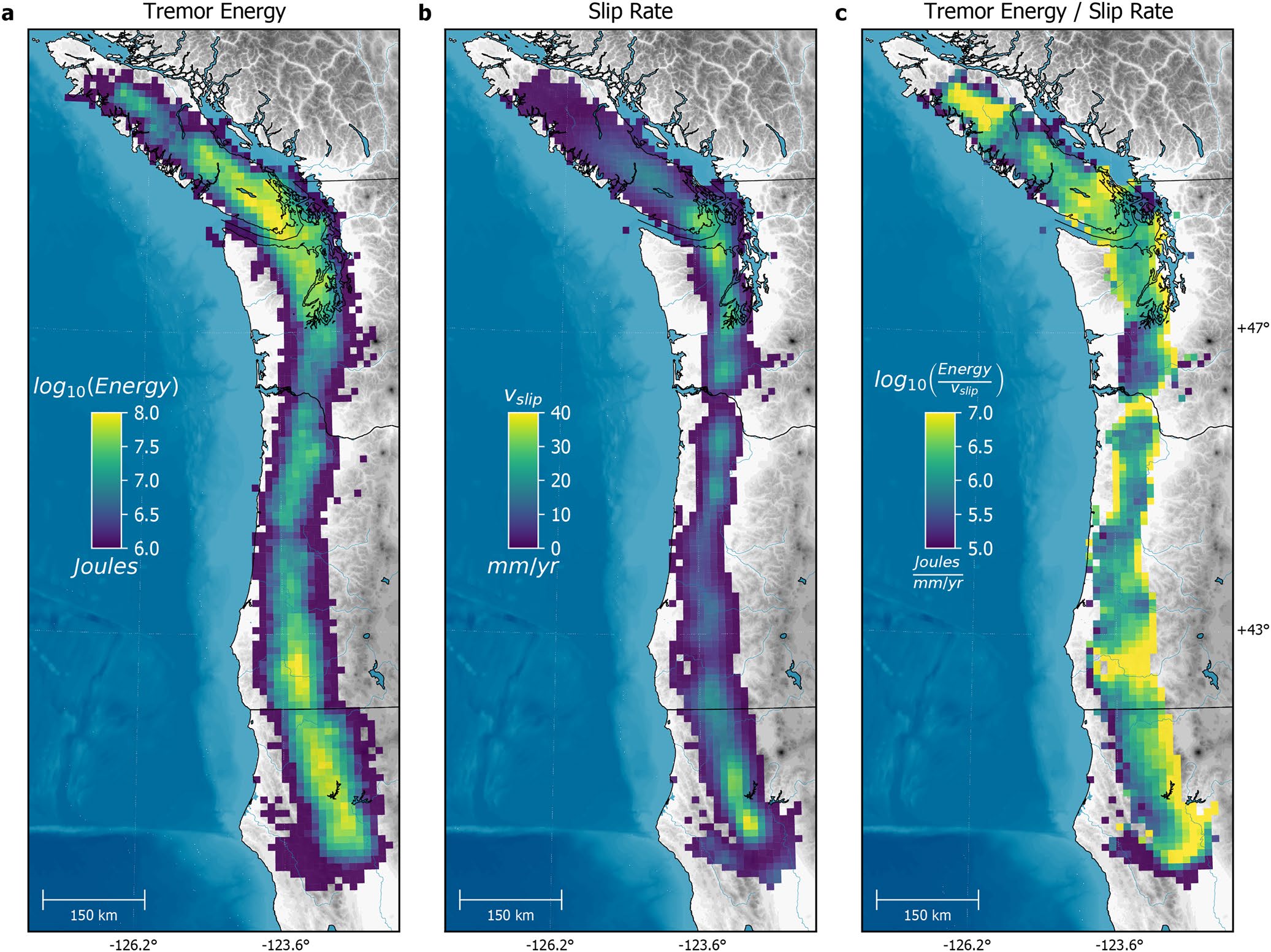
Major Activities
Timeline



Community Product
Block and Coupling Model

The C3S working group will develop a block model, which uses the rich geodetic dataset available in the Cascadia region to constrain the motion of crustal microplates, slip rates along active faults, and spatially variable coupling on the Cascadia megathrust. In the model, we will incorporate information from other CRESCENT working groups: Community Fault Model (inventory and geometry of active faults), Community Velocity Model (spatially variable elastic properties of the lithosphere), Cascadia Paleoseismology (long-term vertical motions), and Dynamic Earthquake Rupture and Tsunamis (physics of slip processes). The block and coupling model will be constructed modularly so that new datasets and science results can be easily incorporated, allowing us to simulate complex, interacting properties and processes via their expression in the constraining geodetic data.
Community Product
Seismogeodetic Detection Framework

The C3S working group will develop multiple algorithms to detect and characterize transient deformation within both daily and sub-daily GNSS time series as well as tie these observations to the enhanced seismic catalog. A standard GNSS time series contains interseismic deformation, seasonal and hydrologic signals, co- and post-seismic deformation, volcanic inflation/deflation, and transient deformation from slow-slip events or anthropogenic sources. Properly segregating these signals allows for a better understanding of the long-term interseismic deformation that will be the main input-product to the block models. Algorithm testing and development will be enhanced through a common data portal to ensure robust comparisons and analysis. Network-based, single-station, and machine learning approaches will be enabled and data assimilation with the seismic catalog will be explored. Additional geodetic datasets, such as InSAR, leveling, GRACE, and paleogeodesy will be holistically integrated where possible.
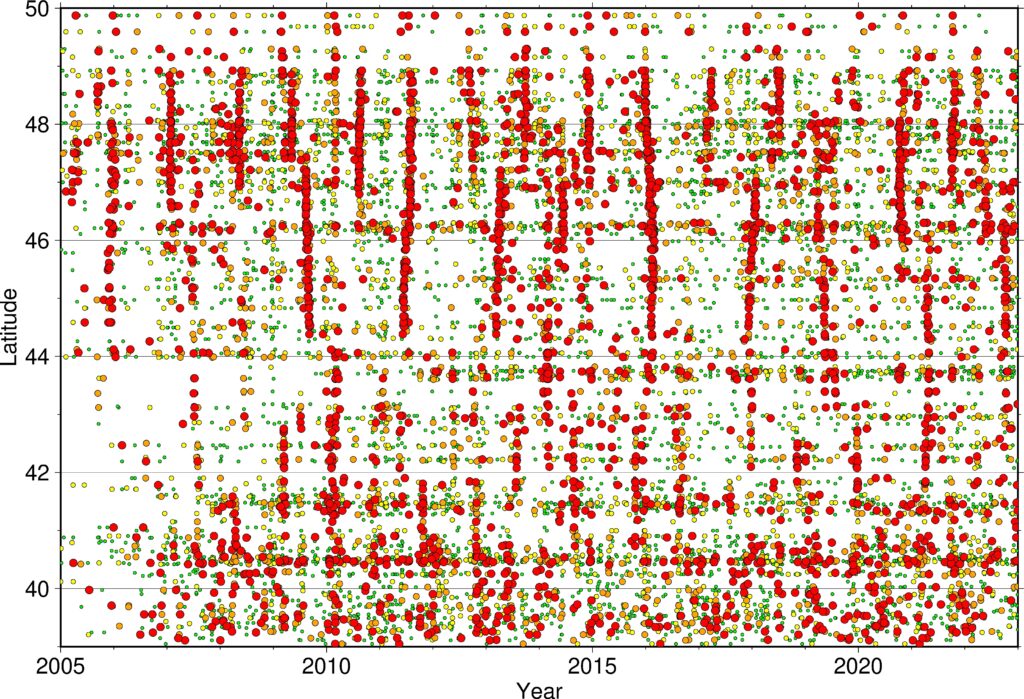
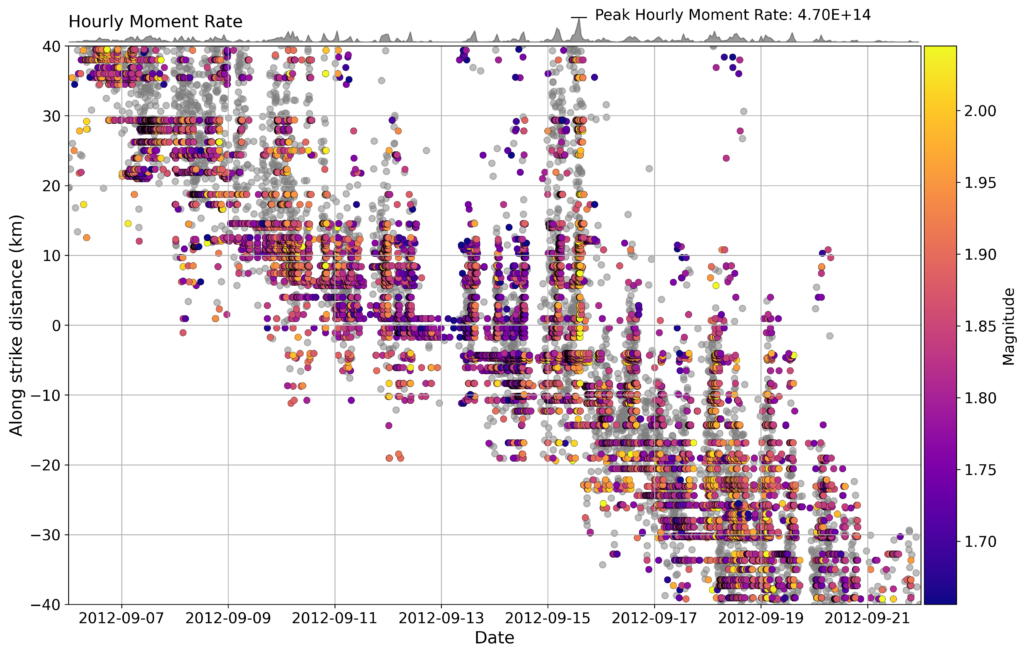
Community Product
Seismicity Catalogs

The application of machine learning and artificial intelligence in seismology have made it possible to rapidly and reliably identify and characterize small magnitude earthquakes in vast quantities of continuous seismic data. The C3S working group will develop, refine, and assimilate these tools into cloud-based workflows that can be easily applied to legacy seismic data recorded in the Pacific Northwest. The goal of this work is to identify, locate, and otherwise characterize detected events to create a high-quality, long duration catalog of small magnitude earthquakes. These catalogs will be used to refine the CVM and CFM, further understanding of slow slip processes, and track the existence and migration of fluids in the subduction environment.
Meet The Team
C3S Membership

The C3S leadership team has substantial experience in processing and analysis of geodetic data, developing algorithms to extract signatures of fault slip processes from geodetic and seismic data, and imaging fault system activity in complex tectonic settings. Through engagement with a larger group of scientists, C3S leadership will guide the interrogation of existing and newly generated catalogs of geodetic and seismic data to map spatial and temporal patterns in coupling, slow slip, and seismicity on the Cascadia megathrust, as well as interactions between these subduction zone processes and the regional crustal fault system. By identifying how slip processes on the megathrust vary in space and time, we aim to highlight potential sources of future damaging earthquakes. Our work will be modular, flexible, and open-access to allow for incorporation of new data developed by the C3S team and other CRESCENT working groups.
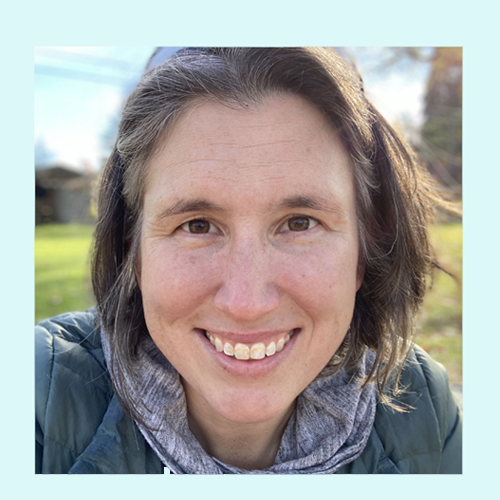
Amanda Thomas
University of California Davis
amthom@ucdavis.edu

Brendan Crowell
C3S Lead
University of Washington
crowellb@uw.edu
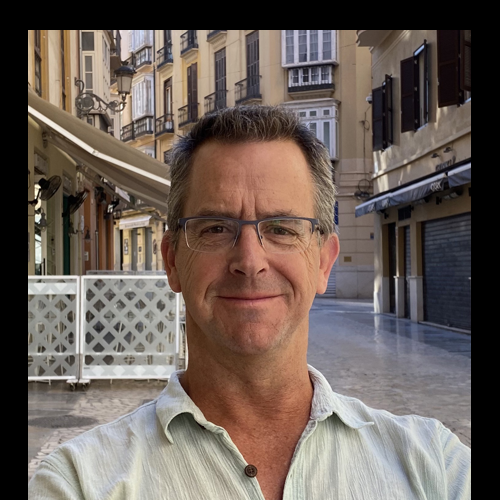
Tim Melbourne
Central Washington University
tim@geology.cwu.edu

Jack Loveless
Smith College
jloveles@smith.edu
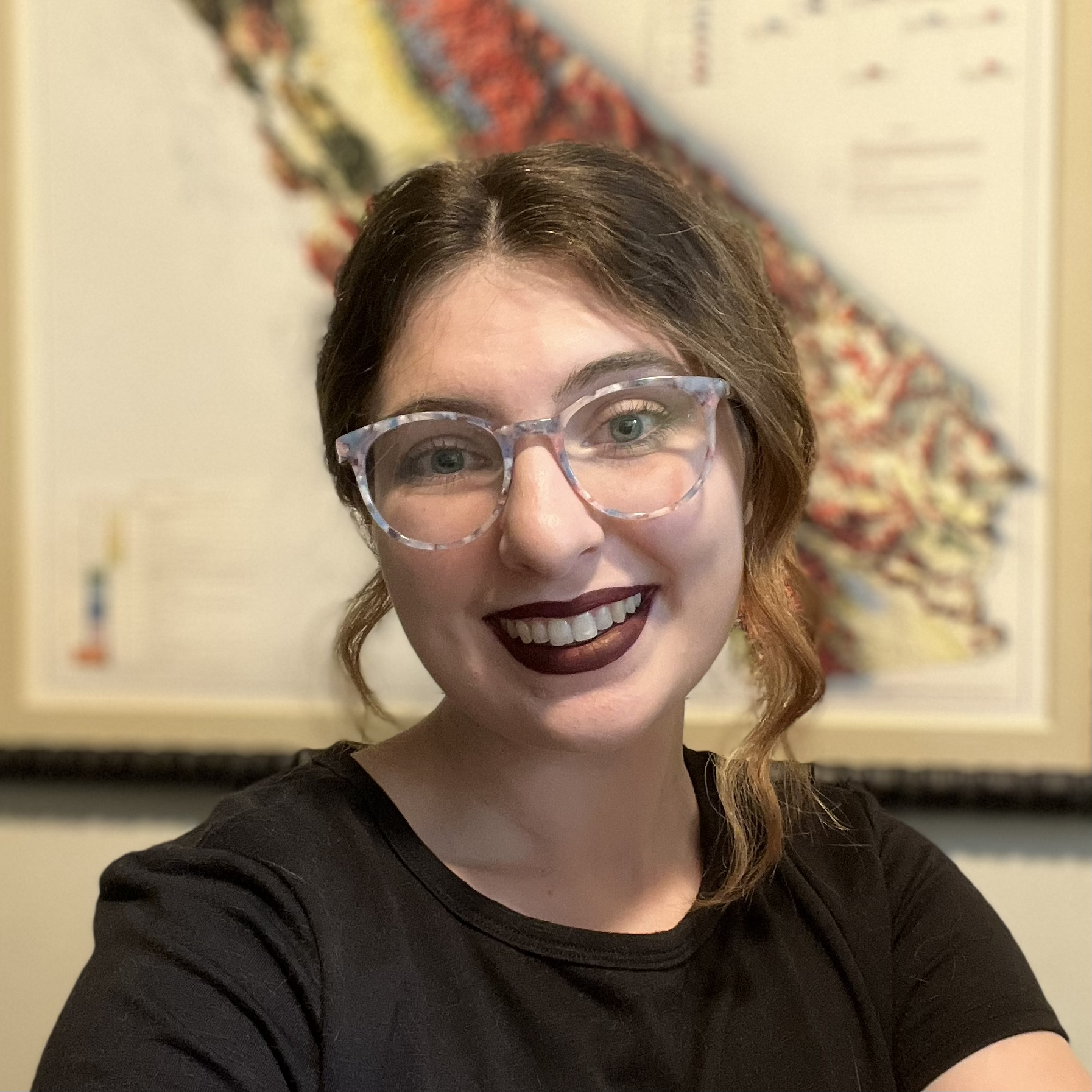
Hanna Elston (Postdoc)
Smith College
helston@smith.edu

Daniel Trugman
University of Nevada, Reno
dtrugman@unr.edu
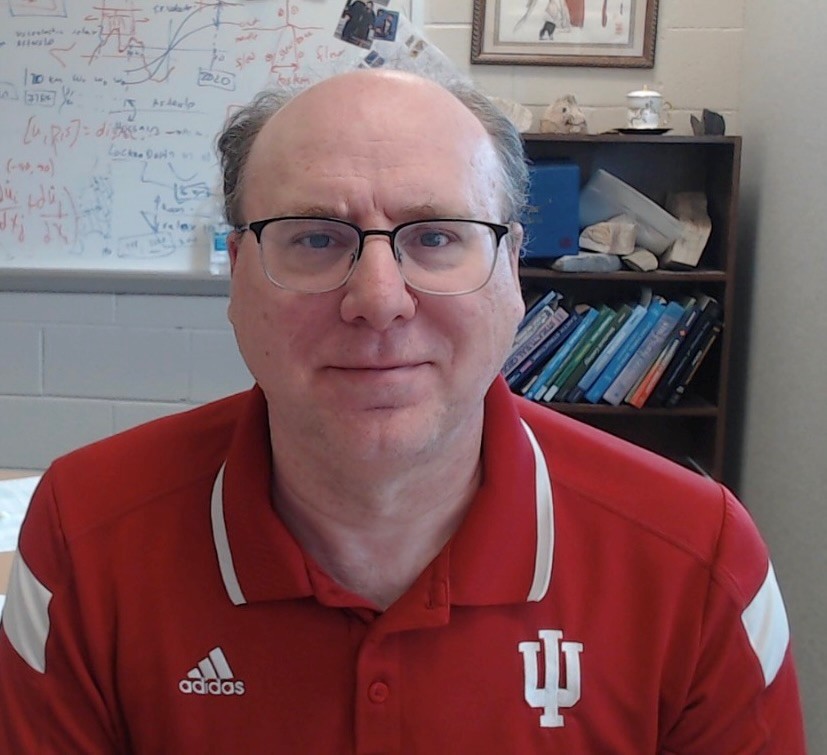
Kaj Johnson
Indiana University
kajjohns@iu.edu
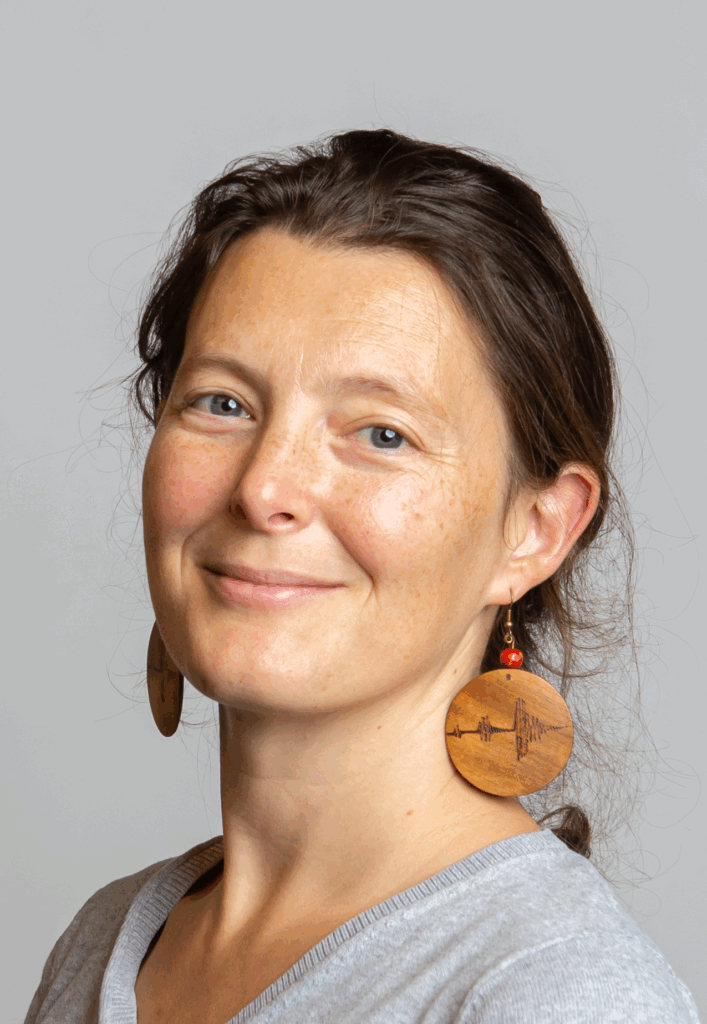
Marine Denolle
University of Washington
mdenolle@uw.edu

